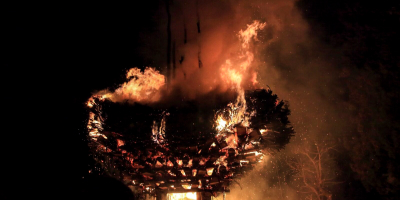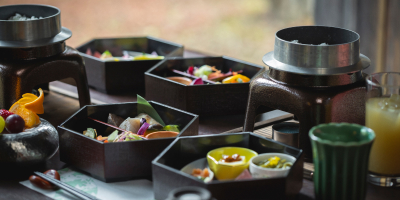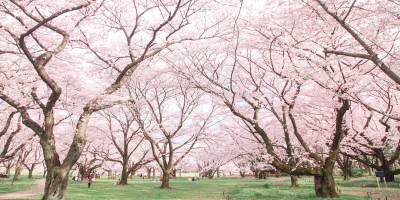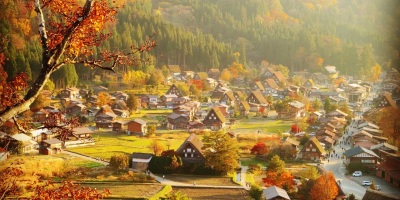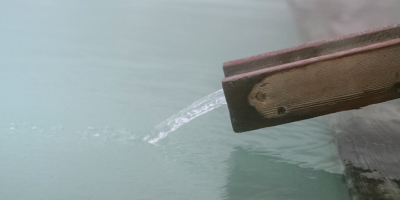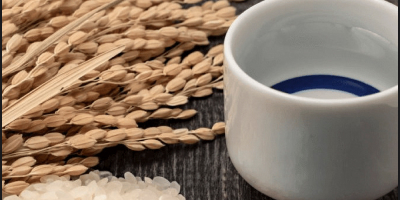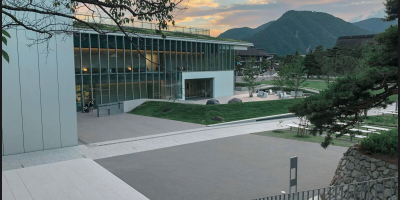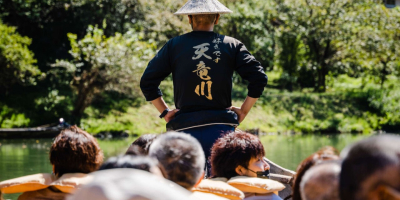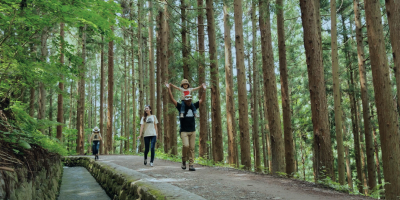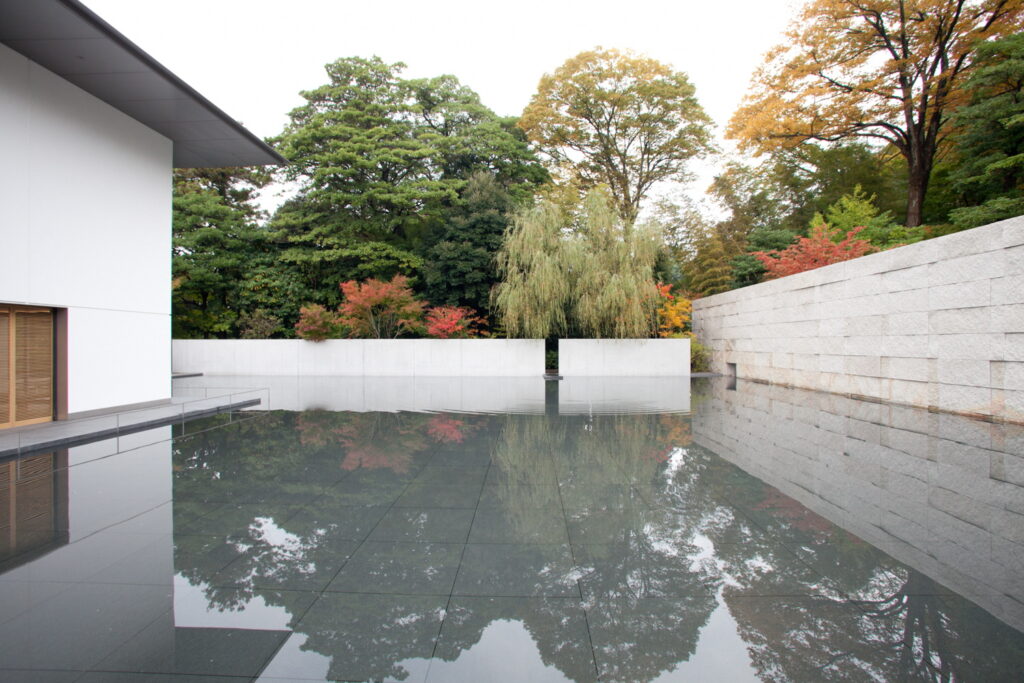
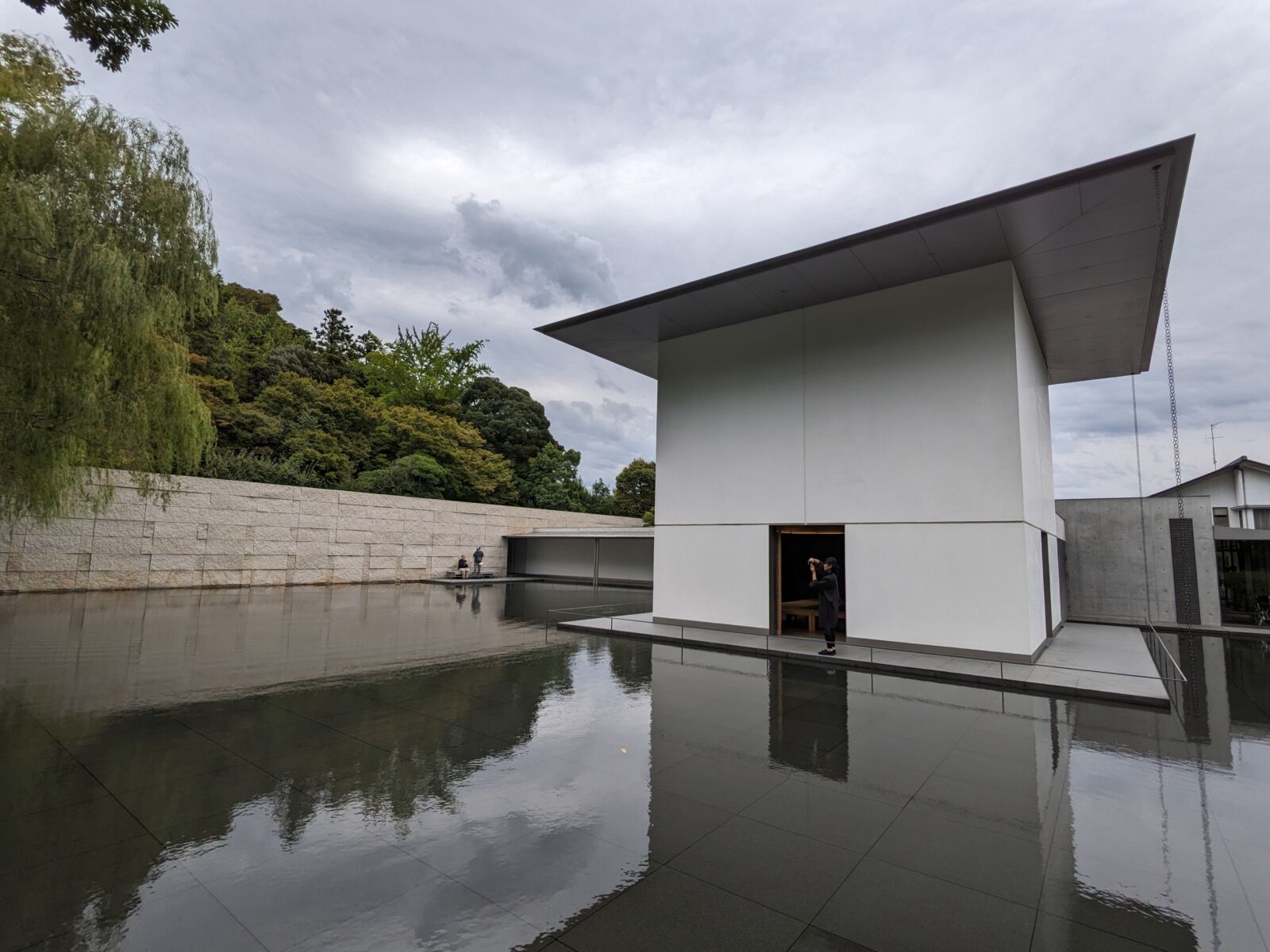
Who was DT Suzuki?
Born in the immediate aftermath of the Meiji Restoration (1870), DT Suzuki became the authority on Buddhism. His work, a large part of which comprised of translations into English, is one of the main reasons many Western preconceptions about Buddhism exist. In his lifetime, Suzuki also taught for lengthy stretches at universities around the world and was nominated for a Nobel Peace Prize in 1963.
Although he had detractors at the time, modern times have not been so kind to Suzuki: arguing that his work painted Zen Buddhism in an idealistic light, de-contextualised its teachings and misrepresenting some of its messages. He also became closely linked with Japanese nationalism in the run up to the Second World War and expressed support for the Nazi party.
Suzuki and Zen
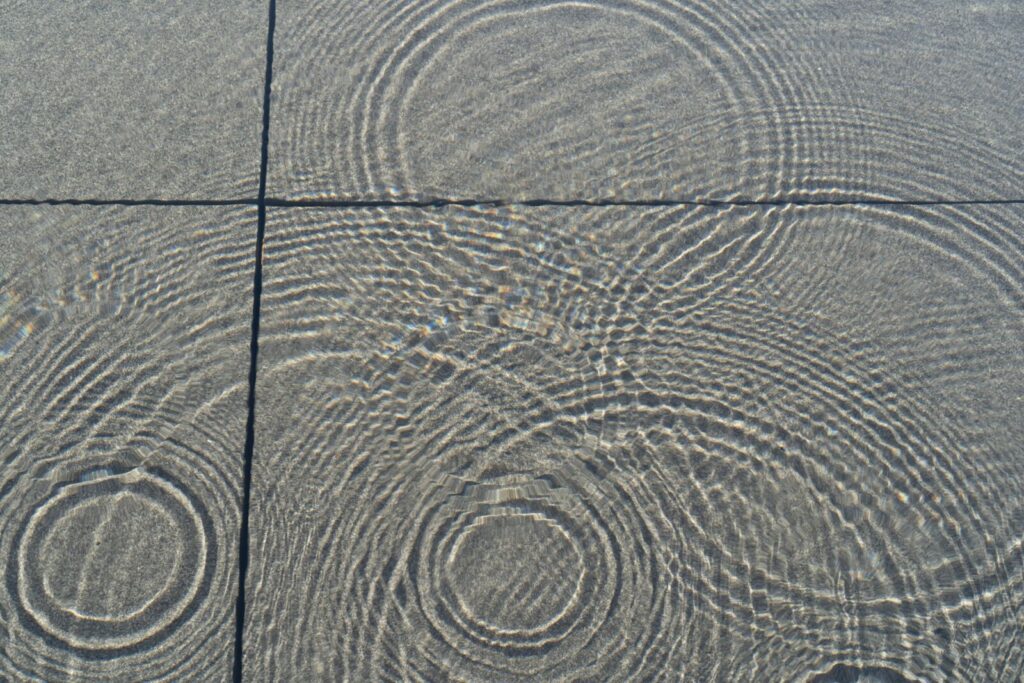
Suzuki studied Zen at Engaku-ji in Kamakura. Here, he learned sitting meditation called zazen and lived as a Zen monk over a period of four years. He later took the lessons here to promote the five main purposes of a monk's training:
- A life of humility
- A life of labour
- A life of service
- A life of prayer and gratitude
- A life of meditation
At the time, Buddhism was very much viewed with scepticism in the West. However, Suzuki pushed a picture of Zen that focused far less on its practices and rituals and instead highlighted its philosophy, which appealed to larger audiences.
In many ways, Suzuki was an influential figure in Zen practices within Japan, too. The lessons around religion that he learned in the West, he brought back to Japan. The chief of these was esotericism - he brought with him stories of alchemy, tarot readings and divination. These things were immensely popular and are commonly used in Japanese media today.
Inside the DT Suzuki Museum
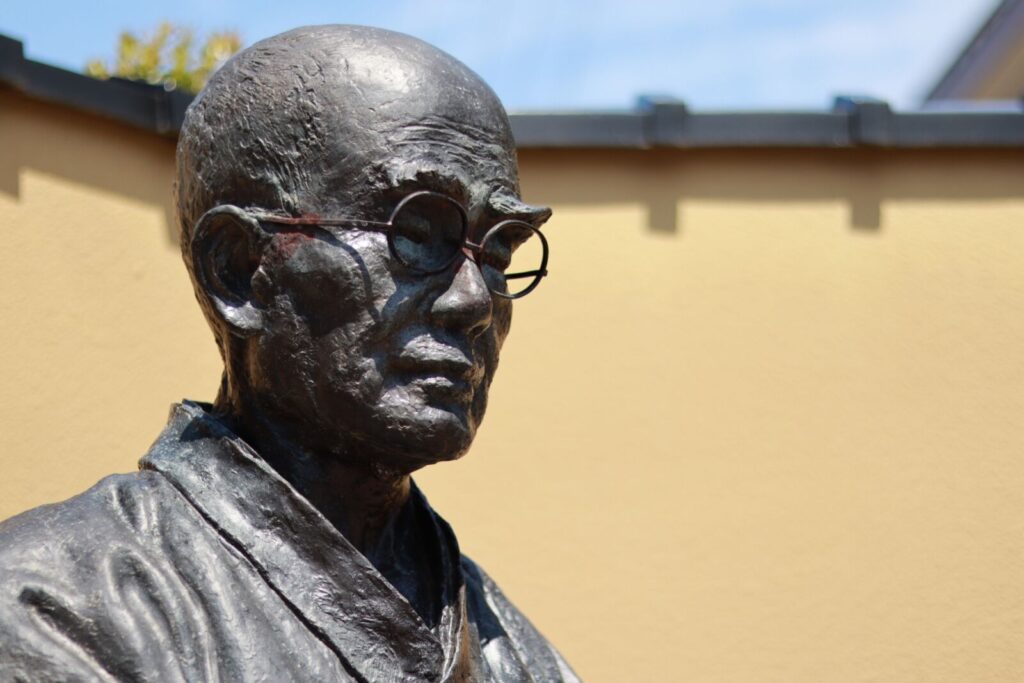
The architecture of the museum reflects those teachings through tranquil, uncluttered lines and structures. The background of vivid greenery draping over the stone walls is intended to invoke an idyllic image of Kanazawa.
Inside the museum are three wings and three gardens. The first wing is the Contemplative. Here, visitors are invited to look out over the water mirror garden and reflect on the world and their place in it. The quiet babbling of the stream and the relaxing atmosphere make it a perfect place to find inner peace.
Next, move into the Exhibition Wing, which features a curated collection of some of Suzuki's writings, art and calligraphy. These are really interesting to look through, and you might find some gem of wisdom that will reshape your world view!

Finally, step into the Learning Wing. This is where visitors are invited to learn more about Buddhism by reading Suzuki's works. You'll learn more about his personal philosophy and set of beliefs, which can be very insightful.
After the Museum
After you've finished at the museum, try walking past the water mirror garden from the outside and heading into the garden to your left, if it's open. This beautiful area is a privately owned garden, so may be closed, but is free to enter and explore if the gate is open. It was once owned by one of the most powerful families in Kanazawa and has been well preserved for over 400 years!
Explore Kanazawa
Kanazawa is quite friendly for those who are walking around the city and there are many sites that are within a 5-20 minute walk of Kanazawa Castle. It directly adjoins Shofukaku Garden at the back which also is near to the daimyo villa of Seisonkaku and Ishiura shrine, famous for its pond and tunnel of torii gates. The Higashichaya Teahouse District, Oyama Shrine, 21st Century Museum, Kenrokuen Park and Kazuemachi Geisha District are all also within a comfortable walk and help you dive even deeper into this fascinating city.
Are you interested in a guided tour around this beautiful city? See the geisha district, DT Suzuki Museum, Ishiura Shrine and as well as experience Kanazawa gold leaf, sweets making and throwing ninja stars and all in one day!
KANAZAWA EXPERIENCES WALKING TOUR / January through November
The wealth of the Kaga domain was the greatest of all the daimyo and that shows in the art and culture that was produced in Kanazawa over the course of the Edo period. These traditions are still alive in the city today and you can try them out for yourself. The art of gold leaf is a special one to Kanazawa, which is 99% of Japan's production. Here you can experience the craft for yourself and make a plate with gold leaf elements on it. If Japanese sweets are your things, on the tour you will make the sweets that go the best with matcha, wagashi. Finally, you will get to try ninja throwing stars and needles. There is something for everyone to enjoy as you walk around the city and see parts that are not as commonly explored. We'll also explore the Higashi Chaya District, see the beautiful water mirror garden at the D.T. Suzuki Museum and see real weapons used by Japanese assassins at the Ninja Weapon Museum.
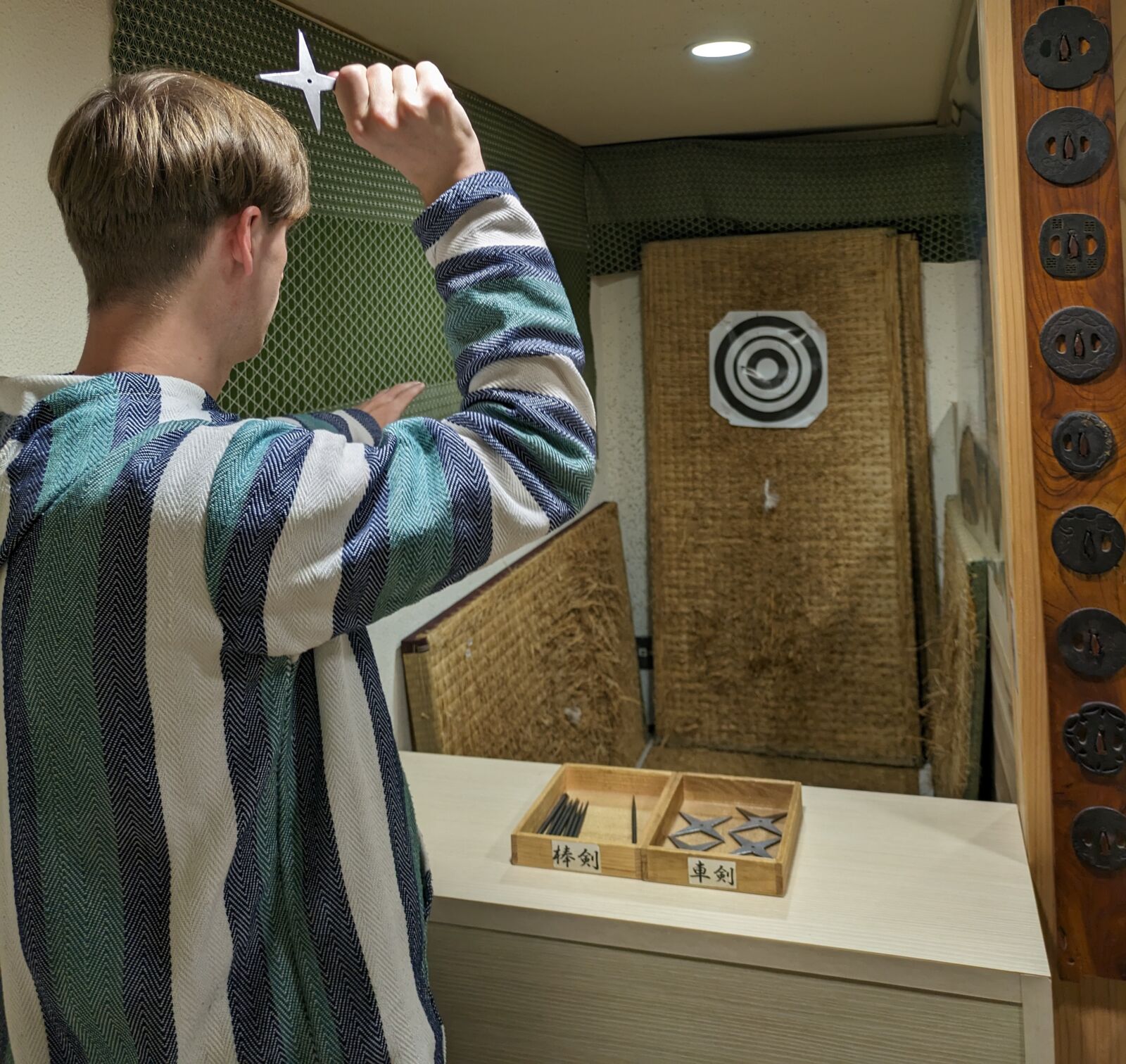

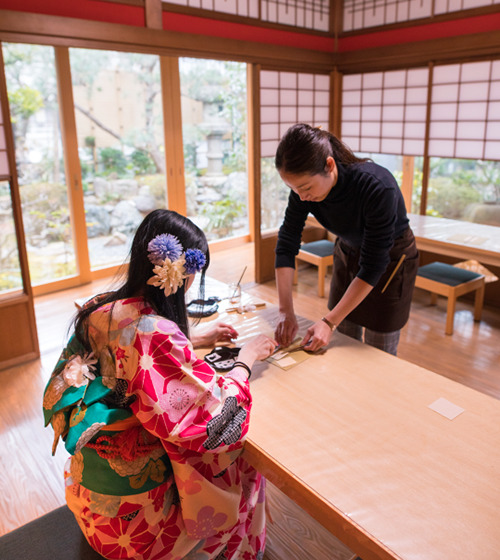
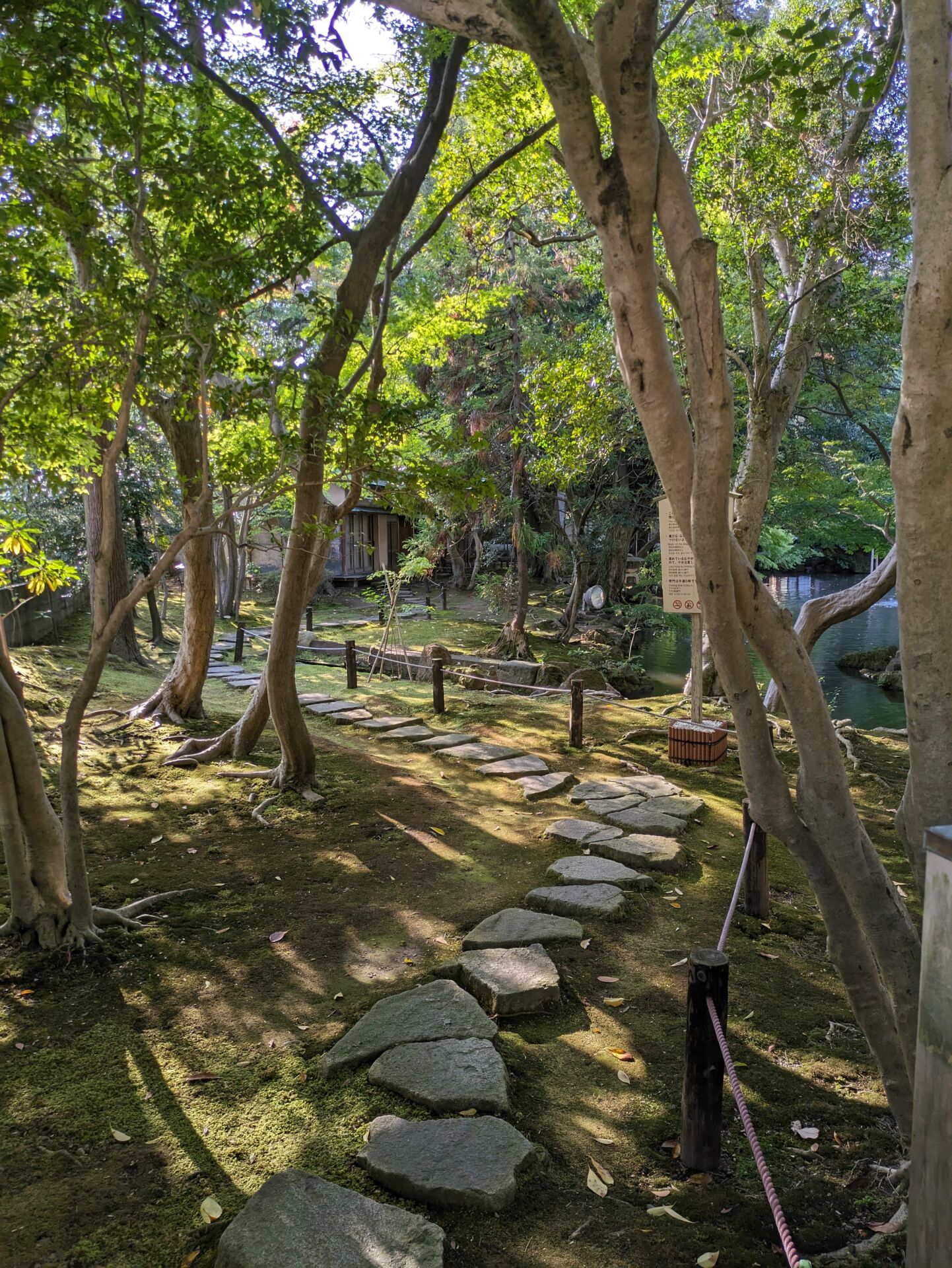
Frequently Asked Questions (FAQ)
Do I have to pay to view the water mirror garden?
No, the water mirror garden is free to view from the outside.
There's a small step where people are taking pictures, how do I get there?
Standing facing the museum entrance, turn left and walk past the pond. Turn right when you enter the wooded path and you'll see the picture point on your right.
Is the DT Suzuki Museum worth visiting?
The DT Suzuki Museum is great for people who are looking for a small and quiet museum while they're exploring Kanazawa. It's also a great rainy day activity, as it is one of several museums in the area.
How much does the DT Suzuki Museum cost?
Tickets cost JPY310. You can also purchase a 1 Day Passport which allows entry into a number of museums around Kanazawa. They include Kurando Terashima's House, Ishikawa Living Crafts Museum, Ishikawa Prefectural Museum of Art and Ishikawa Prefectural Museum of History. Unfortunately, the 21st Century Museum of Modern Art is not included.
When is the museum open?
The museum is open from 9:30 A.M. until 5:00 P.M. every day except Mondays.
How long does the museum take?
The museum can be explored fully in less than 30 minutes. Finding inner peace in the reflection space can take a little longer. We'd recommend at least an hour.



